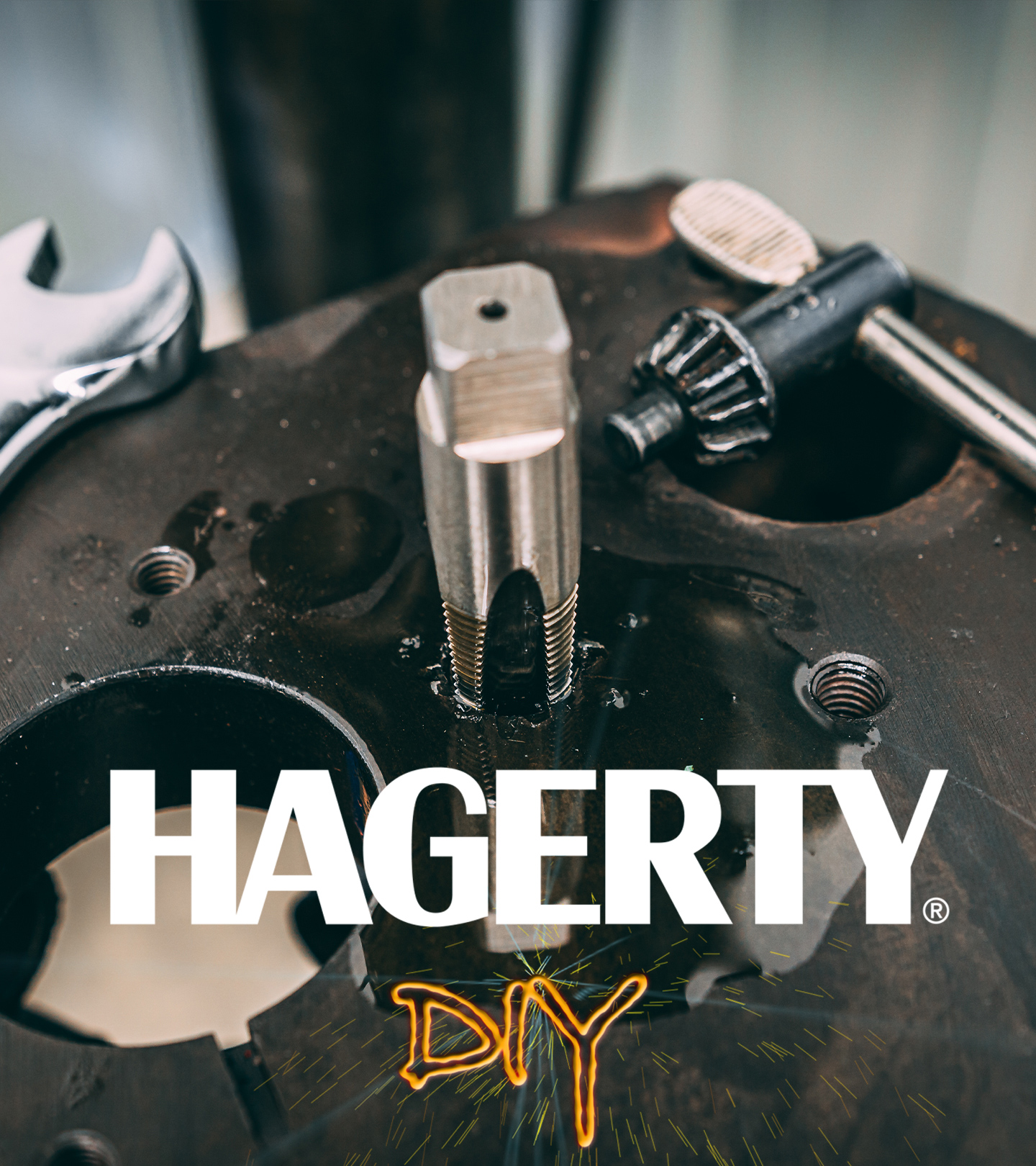Enjoy Redline Rebuild Garage stories, opinion, and features from across the car world - Hagerty Media
The Redline Rebuild garage is no stranger to interesting discoveries during engine disassembly, but the 1965 Mini has some new ones for Davin. Remember, the car drove itself into the shop, but that doesn’t mean everything inside the tidy four-cylinder is just peachy. It’s proving to be quite the opposite.
This Mini put up a maxi fight when asked to give up its engine and transmission, but with that task finally completed, it’s time for Davin to tear into the engine and get a better look at exactly what he’s working with. Compared to a few of the previous projects—like the Buick Nailhead—this engine (once out of the car) was practically giving up its parts. Fasteners backed right out and things split apart easily. Too easily. Then Davin found the thermostat and got a hint of what may be hiding inside.
“The thermostat had been gutted in what I think was an attempt to help with an overheating problem,” Davin says, looking over the greasy parts on a workbench. “It’s a common thing I see, but it’s only a bandaid and often a bad one at that.” The thought is to improve coolant flow and thus dump more heat via the radiator. Sadly, the increase speed of coolant through the block often means it actually picks up less heat while flowing through coolant passages. That’s just the first sign of bad news.
Things get more interesting when the cylinder head and gasket are removed. Two fissures on the deck surface of the block appear to be from a leaking headgasket. Combustion heat and pressure can erode the aluminum or cast iron of a block. Is there enough material left that this block can be machined flat and still be used? Davin isn’t sure, but he has his fingers crossed. If you want to find out, you’ll have to subscribe to the Hagerty YouTube channel and watch a future episode of Redline Update.
Thanks to our sponsor RockAuto.com, an auto parts retailer founded in 1999 by automotive engineers with two goals: Liberate information hidden behind the auto parts store counter (by listing all available parts, not just what one store stocks or one counter-person knows), and make auto parts affordable so vehicles of all ages can be kept reliable and fun to drive. Visit RockAuto.com to order auto parts online 24 hours a day, 7 days a week, and have them conveniently delivered to your door. Need help finding parts or placing an order? Visit RockAuto’s Help pages for further assistance.










